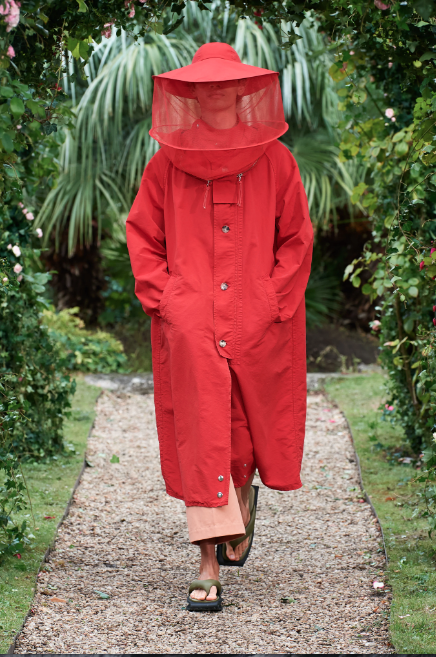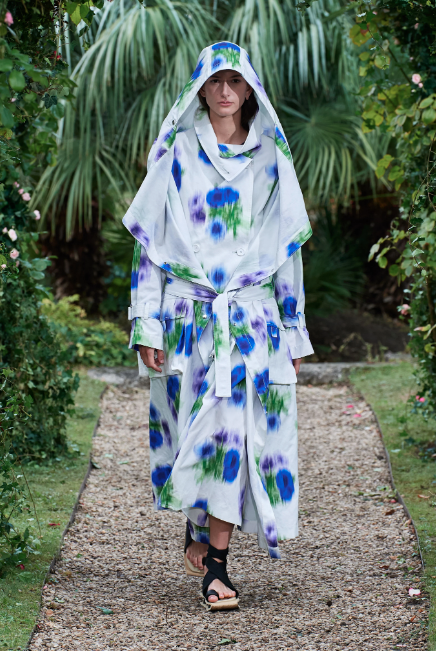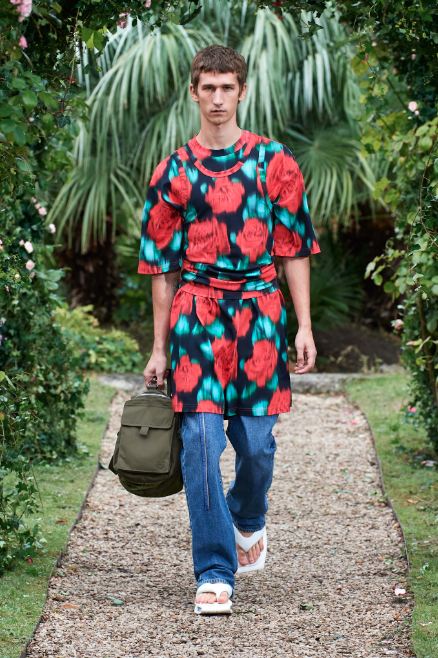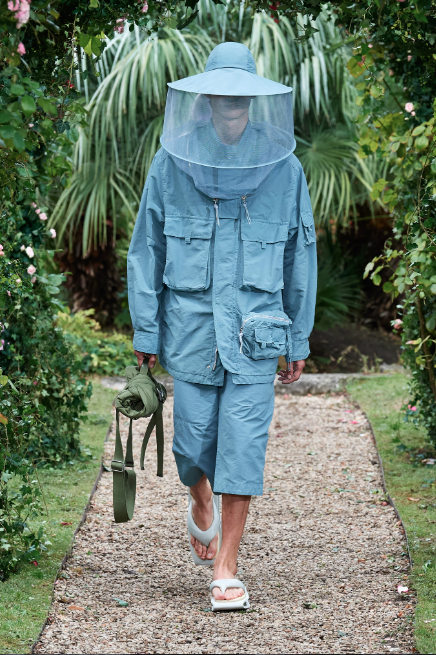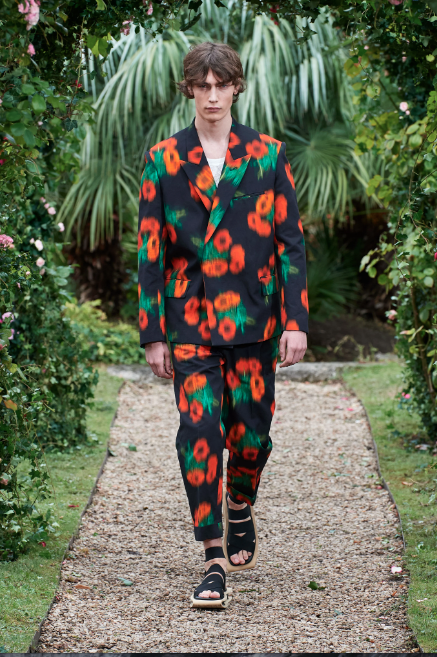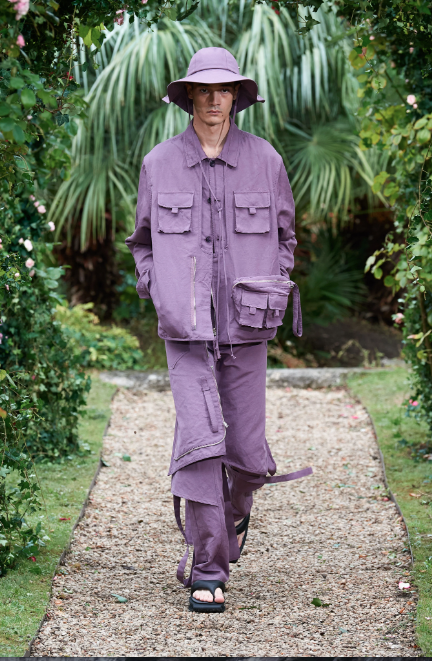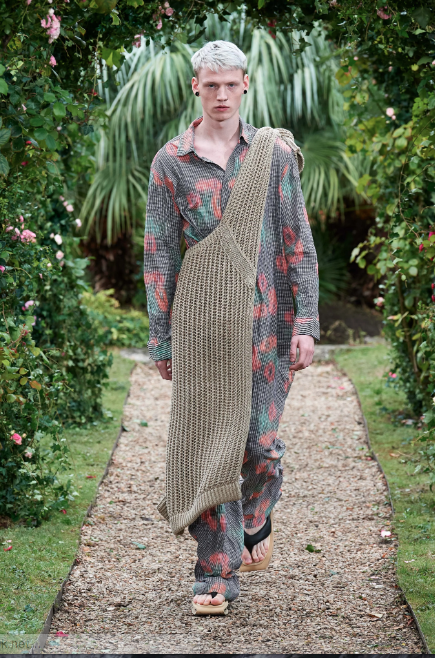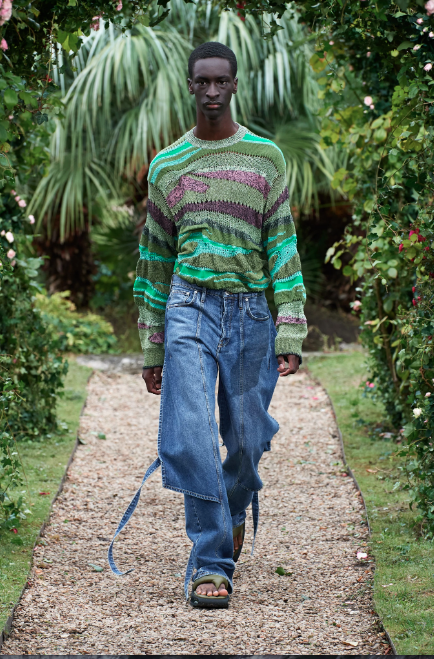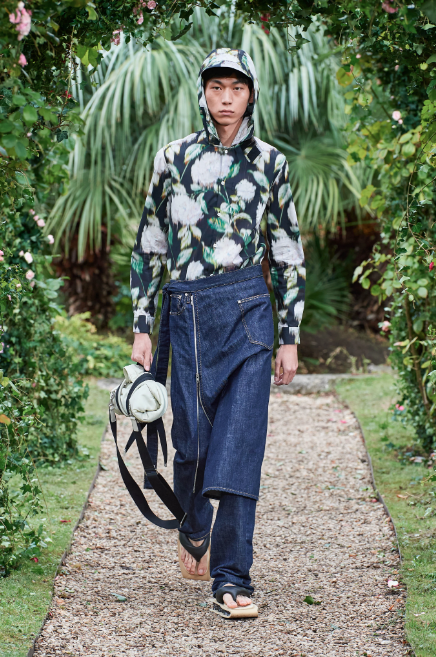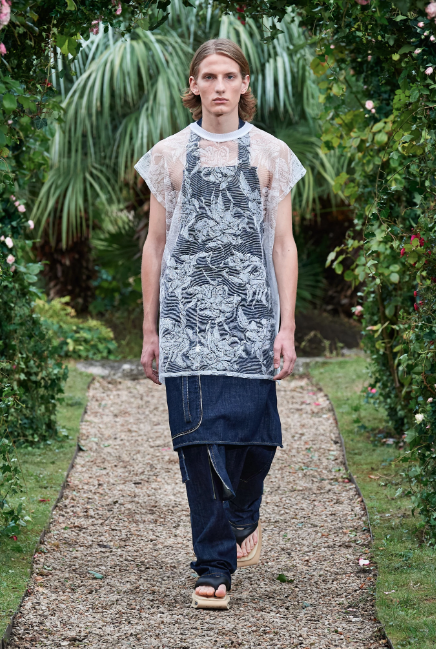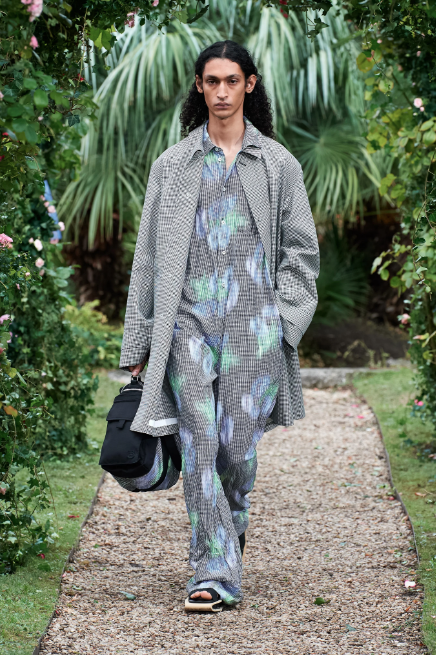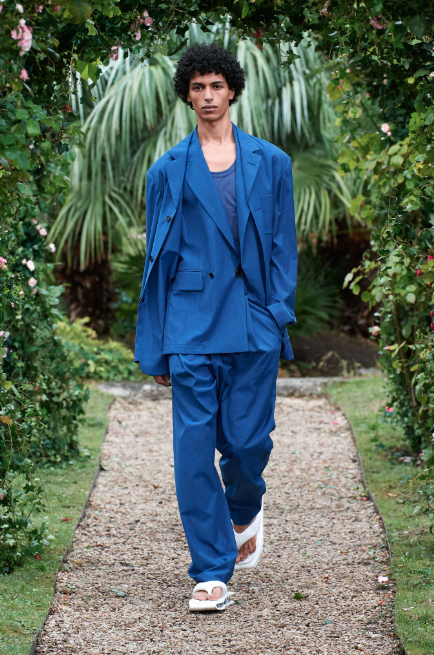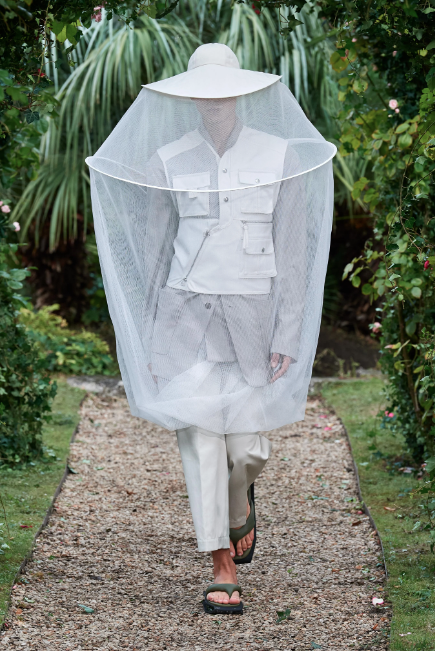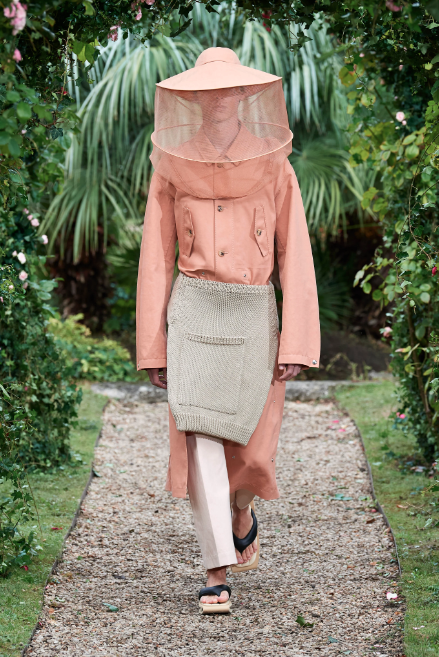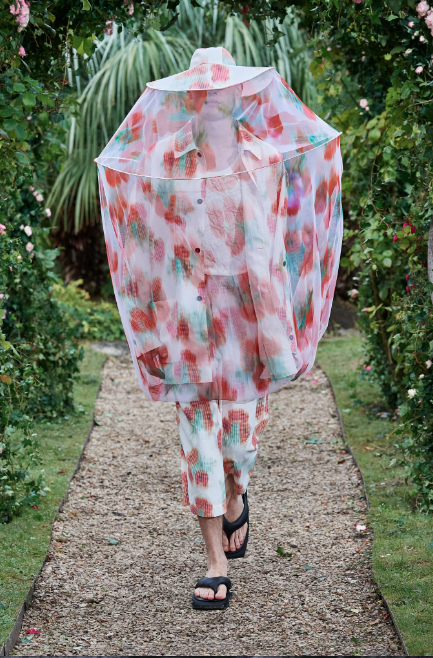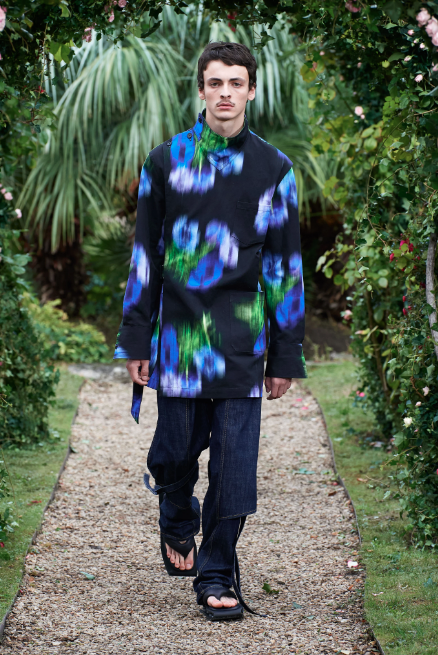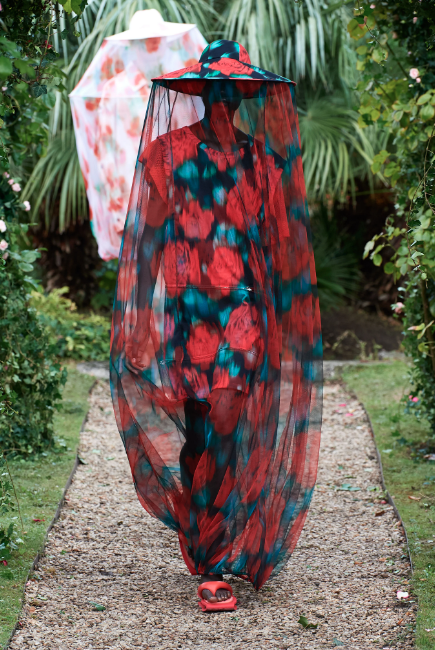KENZO SPRING 2021 READY-TO-WEAR
/With premonition that couldn’t have been planned, the eeriest experience last season occurred at the Kenzo show. Editors who had rushed from Milan to Paris like we were on the run from the pandemic turned up to Felipe Oliveira Baptista’s show to find a human-size plastic tunnel system erected within a rose garden. There, guests were let in through one hatch, which was then dramatically shut and sealed before the next hatch was opened, as if we were going into sci-fi quarantine. For his sophomore collection for Kenzo this season, set in the same garden, the designer wanted to reuse the tunnel. “But the company that built it went bankrupt because of COVID,” he said during a preview. The tragicomedy spoke for itself.
Like his first show—its set designed before anyone expected the virus—he didn’t specifically intend for his new proposal to feel unnerving. Oliveira Baptista, a nature obsessive with roots in the luxuriant hills of the Azores, wants to instill his work with the harmonious and optimistic aspects of the environment, themes that are also core to Kenzo. He strictly uses recyclable plastic, is working with WWF to double the global population of tigers (Kenzo’s trademark), and has a number of other environmentally conscious projects in the works. The veiled beekeeper suits that opened his collection, however, inevitably felt more Contagion than Honeyland, the 2019 documentary about a beekeeper in rural Macedonia, which served as a reference.
The film portrays the contrast between its protagonist, a lady who respects the bees and only ever takes the honey she needs to survive—“half for me, and half for you”—and her industrious neighbors, who deplete the natural resources and end up killing the bees. “It’s one of the most ancient collaborations between man and nature,” Oliveira Baptista said, explaining that the image of the beekeeper came to him amid what he sees as a moment in which humankind is bargaining with the ecosystem. “I wanted to express something about the fragility of the situation we are in. Everyone goes to the low of the situation—fear and anxiety—but we go to the high: dreaming of optimism and a future and going back to the things we’ve been missing.”
That may be the case, but the elements with which he imbued his collection felt more geared toward survival than picnics—even if there was a jar of honey on guests’ seats. An adaptable coat with multi-pocketing could be wrapped up into itself and transformed into a bum bag. Out of the zipped bottom of round leather bags came a separate giant shopping bag. A cocoon coat with a caped hood layered over its body easily tapped into said sci-fi quarantine vibe, or perhaps the silhouette of a killer in a 1990s horror film. And floral prints from the Kenzo archives, which had been faded to look clinical and blurry, evoked the effect of flowers sticking to a window in the rain, like something you might have seen in confinement.
Oliveira Baptista’s perhaps inadvertent tendencies for the dystopian serve to his advantage. If dark undercurrents didn’t make their way into his delicate veils, lace raincoats, and little summer dresses, they wouldn’t put up any resistance to the flower-power universe of Kenzo. Rather than cute, there was a feeling of self-protection about his collection that hit an obvious nerve in a time when the environment is fighting back, giving us a taste of our own medicine. “We don’t even know what to be afraid of and what to believe in. The whole idea of protection becomes abstract,” the designer said, summing up the broad spectrum of sociopolitical current affairs.
Source: VogueRunway
FASHIONADO

